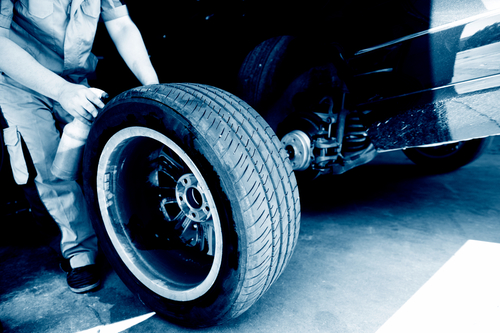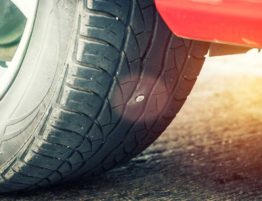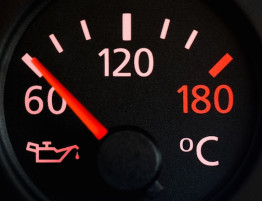
According to the National Highway Traffic Safety Administration (NHTSA), there are about 240 million passenger vehicles on U.S. roads. The average age of those vehicles is 10.8 years. The average age of a tire at replacement is 3.7 years, and about 40 percent of the time, a motorist buys just one or two tires. But the question is, where should you mount new tires?
Tire Tread Depth and Age
On average you should replace tires that are over six years old and replace the spare if it’s over 12 years old. When determining whether or not to replace a tire, one of the primary things to consider is the degree of the tire’s tire tread depth. Tire tread depth allows auto technicians to identify uneven wear and damage to your tire. The general rule adhered to by most auto shops and manufacturers is when a tire thread reaches 2/32 inch of depth, you should replace the tire.
But tread is only a part of the equation; auto technicians also consider the age of a tire. Rubber can age and become less safe over time, even when it’s not being used (this includes the spare). Poor tire pressure and alignment issues will also wear down your tires.
Front or Back?
If the front tires have significantly less tread depth than the rear tires, the front tires will lose traction on wet roads before the rear tires and cause the vehicle to hydroplane. However, if the front tires have significantly more tread depth than the rear tires, the rear tires will lose traction, again causing the vehicle to hydroplane on wet roads.
Because the front tires on a front-wheel drive vehicle are responsible for transmitting acceleration, steering and most of the braking forces, they typically wear faster than the rear tires. Dillon’s Automotive believes mounting tires on the front of a vehicle provides better control and stability. New tires on the front allow the driver to control the steering in any weather condition and reduces the chances of a puncture or tread separation.
Be aware that some vehicles have two different size tires from front to back and that all-wheel drive models should have all four tires replaced because of the gearing in the differentials and transfer case. Also, if the tires aren’t rotated on a regular basis, they will typically wear out in pairs rather than a set of four.
If you need new tires or your tire pressure and alignment checked, stop by Dillon’s Automotive. We are your tire experts.






